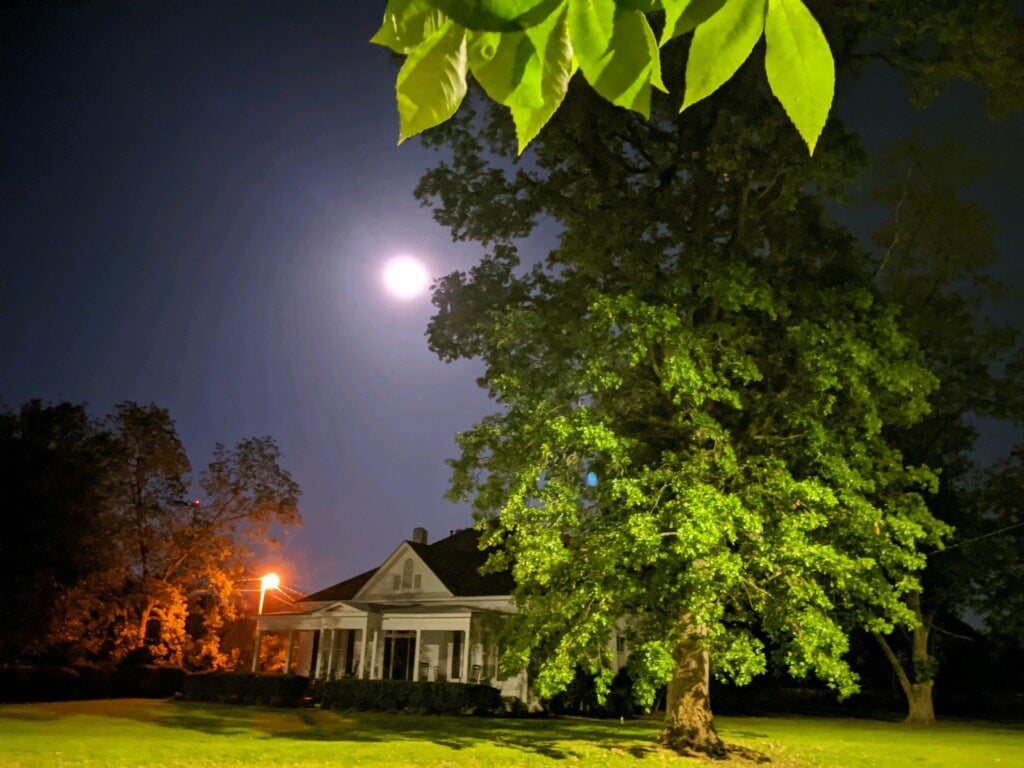Supermoon sends eyes to they sky
Published 7:14 pm Thursday, May 7, 2020

- Submitted photo
|
Getting your Trinity Audio player ready...
|
The early risers who braved the 5:45 a.m. morning chill Thursday, perhaps, got the best first and best view of the May 7 supermoon.
Others among us had to wait until the sun went down. However, those who missed the supermoon show on Thursday may still catch it tonight and that will be the last supermoon show of 2020.
Dr. Maurice Clark, Troy University professor, said a supermoon is a full moon or a new moon that nearly coincides with perigee—the closest that the Moon comes to the Earth in its elliptic orbit—resulting in a slightly larger-than-usual apparent size of the lunar disk as viewed from Earth.
Specifically, Algonquin tribes referred to this moon as the flower moon in North America.
Normally, there are 12 full moons in a year because one occurs each month. But in 2020, October will have two full moons, one on October 1 and then again on October 31. Two full moons in the same month is known as a “blue moon.
The coming of a supermoon is a highly anticipated event for stargazers. However, Clark said the concept of a supermoon is highly exaggerated.
“The Moon orbits the Earth in an ellipse not a perfect circle. So sometimes the Moon is a little closer than average and sometimes a little further than average,” Clark said. “At its closest point, the Moon is a about 22,000km or about 6 percent closer than average. So at perigee the Moon will appear very slightly larger than average.”
Clark said the Moon passes through perigee once each month, and when perigee coincides with the full moon, that is called a “supermoon,” because since it is slightly closer than average, it will be slightly brighter.
“However, the difference is so slight it is hardly noticeable,’ Clark said. “Last month’s full moon looked just like any other even though it occurred close to perigee. Tonight’s full moon will be just the same.”
Clark said, from an astronomical point of view, there is no significance in a “supermoon”
“Supermoons happen once or twice each year,” Clark said. “However, if publicity about it encourages people to head outside and look up at the sky, then I am all for it.”





